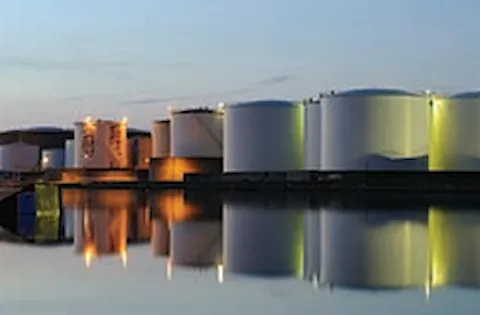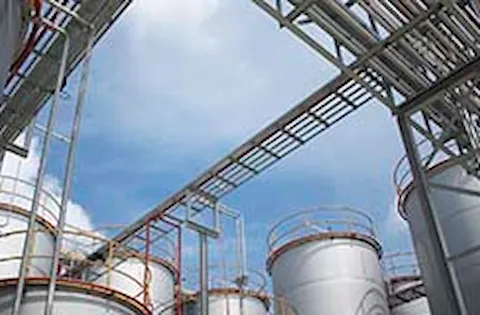What is asset performance management?
Asset performance management is a framework to ensure that performance is optimum throughout the entire asset lifecycle. APM encompasses the capabilities of data capture, integration, visualization and analytics tied together for the explicit purpose of improving the operational performance of physical assets. An important component to achieving the best performance is to ensure that the integrity of assets and infrastructure is maintained systematically and that they are operated in a safe, reliable and efficient manner.
Why asset integrity management (AIM) matters
A comprehensive and structured system using asset integrity management software is required to build up the foundation for a successful APM program. Many asset owners apply basic preventive maintenance such as scheduled based part replacement or cleaning program. A better approach is to make use of quantitative risk-based inspection or failure mode effect and criticality analysis. To achieve this, DNV supports our clients with risk-based inspection (RBI), safety integrity level (SIL) assessment and reliability-centered maintenance (RCM) to rank system and equipment criticality, dependent on the asset type and risk levels. Performing these assessments will in turn help companies develop relevant strategies for maintenance and inspection to manage the risks. When assets are managed and maintained properly using AIM software, it helps drive continuous improvement in plant reliability and operational safety and it lowers inspection and maintenance costs, while assuring regulatory compliance standards are satisfied.
Asset integrity management software
Companies can further improve their asset management program by integrating with DNV’s RAM capabilities (Maros & Taro). Reliability, Availability, Maintainability (RAM) analysis allows you to simulate the entire lifetime performance of an asset in terms of availability, production efficiency and profitability. When integrated with asset management system, RAM can be used to identity performance indicators (i.e. production efficiency/availability) and ranking the “bad actors” that generate the majority of production losses. A bad actor is a piece of equipment that has shown a high percentage of failure due to design or build. This allows owners to utilize actual operational data and gain insights on the largest contributors to production losses and focus the efforts on improving the performance of these major contributors to downtime. With this in mind, life cycle cost (LCC) analysis plays an important role in assisting estimation of the economic performance of an asset over its entire lifecycle.
Find out more

RAM analysis - Reliability, Availability and Maintainability
Simulate the entire lifetime performance of an asset in terms of availability, production efficiency and profitability

Process hazard analysis
Tools containing world-leading, experimentally validated models for simulation of the behaviour of loss of containment of hazardous materials
Risk analysis - QRA
QRA tools for the purpose of understanding and managing risk in the oil and gas, petrochemicals, chemicals, pharmaceutical, insurance, steel and other industries
News update
Gartner recognizes DNV in Market Guide for Asset Performance Management Software
Asset performance management video
Look ahead of the game - quick intro to APM
FAQ
Frequently asked questions - Asset performance management